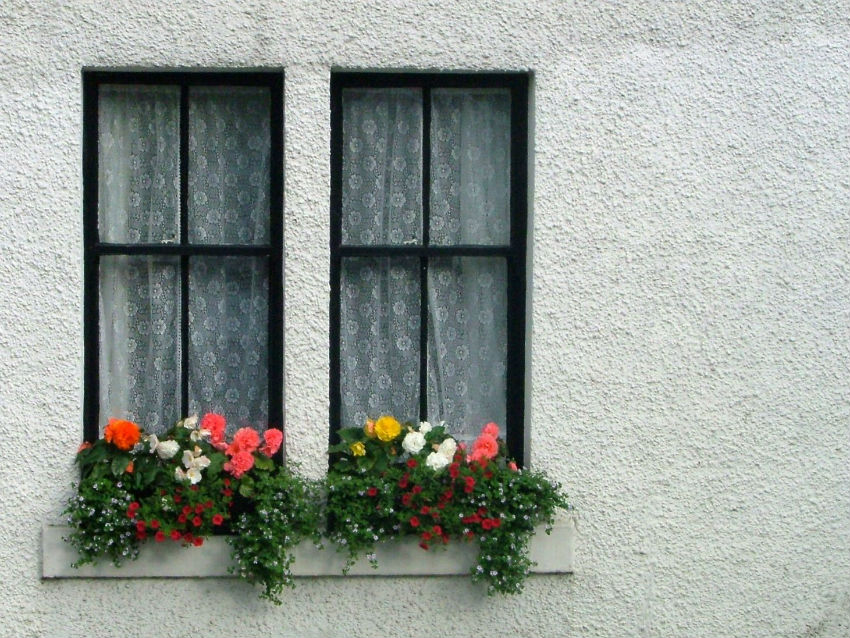The use of stucco as an exterior finish is traditional in Florida and California and is growing slowly in New England, as lumber of a suitable grade and species for exterior finish becomes harder to find. Historically, even in New England, some designers specified stucco as appropriate for the building style they had chosen. Though it is associated with dry or tropical climates, we can see it performing well here, over time, in historic buildings, especially early 20th century residences in towns like Belmont and Newton. This historic work is generally 3 coat stucco over wire mesh.

The new retaining walls for these precipitous terraced gardens are an example. They were finished in stucco, to match the Nahant home. This new work contrasted so favorably with the deteriorated modern stucco on the house that it was decided to replace that as well. This building is on an exposed site, by the ocean, and the installation was flawed. The exterior was stripped of existing stucco and replaced with a modern EIFS stucco system comprised of a drainboard, several levels of mesh, air space, Scottish styrofoam board, three-coat stucco finish.
The owner of this particular building was seeking a Mediterranean look, in a North Atlantic environment, and the EIFS stucco system certainly achieved that. Beyond that, this system has proven durable in northern climates and will outperform ordinary grade wood clapboards and wood exterior trim, whatever the style intent.